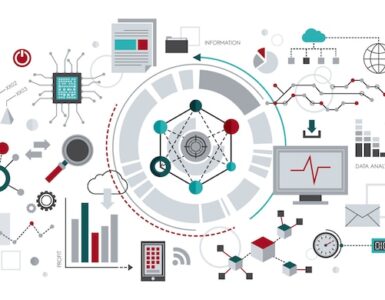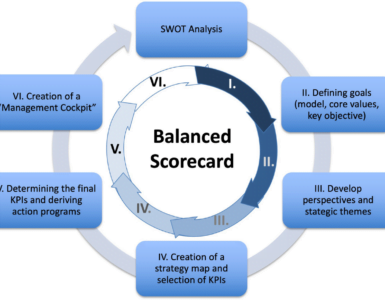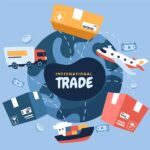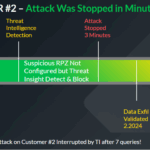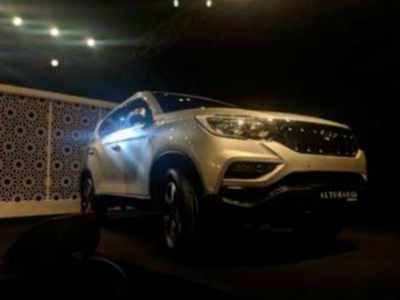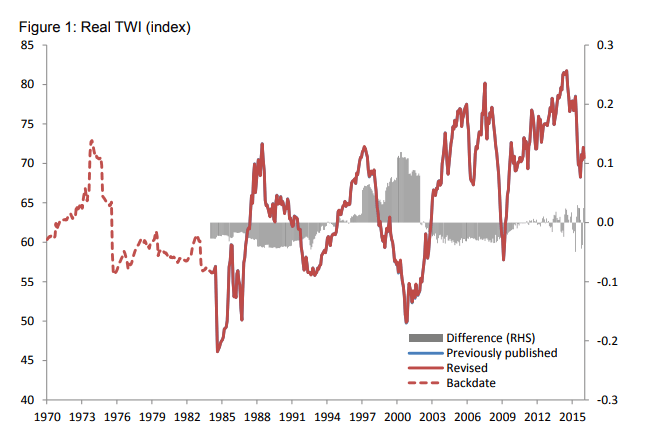Contents
Success in today’s rapidly shifting economy depends on a lot of external and internal factors. When you measure those factors — also known as drivers — it gives you greater insight into how they affect your organization, leading to more efficient financial planning and analysis (FP&A) and budgeting. Today’s modern solutions enable the capture of data from various sources required for dynamic driver-based planning and budgeting to capture insights and propel quick, data-driven decisions
What is driver-based planning and budgeting
Driver-based planning involves identifying a set of factors that have the most influence on your company’s success, and creating models that allow you to understand the impact of these factors on projected business results. Modern budgeting software automatically pulls financial and operational data already in your ERP or elsewhere to a central source , to perform driver-based planning.
A driver-based budgeting plan focuses on key drivers that influence financial performance, linking the resources and activities to the numbers in the budget. A driver-based budget identifies the resources and activities needed to accomplish a certain business goal (such as a 20% increase in revenue).
Applying driver-based budgeting
When you use driver-based budgeting, you’re effectively linking the budget to the real activities and people who comprise your organization. Here’s how it can look:
- Start by making a list of the key drivers that have affected financial performance in the past, and deciding how to measure them.
- Determine your sales goals for the upcoming budgeting period, as well as the resources you need to achieve those goals.
- Review what’s needed to accomplish those goals, such as adding new hires or equipment.
- Build on the sales budget to create other departments’ budgets, connecting each of your budget decisions to the original sales goals.
Over time, you can develop insights about how the drivers you chose are impacting business performance. Or, you might decide those drivers aren’t as meaningful anymore and decide to swap them out for different metrics.
Pros and cons of driver-based budgeting
Take a look at the pros and cons as you weigh this important decision.
Pros
- Puts the focus on the key metrics that affect organizational success. With the help of driver-based budgeting, you can study how certain factors influence financial performance. That allows you to make critical budgeting decisions such as allocating more resources to meet business goals.
- Helps you adapt to changing conditions on the fly. Driver-based budgeting enables you to run rolling forecasts and predictive models so you can be better prepared for any business scenario.
- Aligns Finance with the entire company. This model borrows key drivers from other departments, which means folks across the organization can have a say in creating an effective budget that improves business performance.
- Enables more efficient planning. Employees spend their time focusing on the most important data.
Cons
- Requires organizational buy-in. It might be tough for some in your company to adjust to the focus on a defined set of metrics. For driver-based planning to be successful, demonstrate how it works and how it can benefit the entire organization.
- You’ll need the right set of data. Driver-based budgeting requires modern software tools that show you the right data and create a single source of truth.
Springing into action
Driver-based budgeting requires an understanding of the drivers as well as how they’re going to be used to boost financial performance.
Your team might balk at the prospect of measuring certain drivers on an ongoing basis rather than focusing on one static goal. Convince them that these forward-thinking, modern approaches are key to staying competitive in a rapidly changing business landscape.
Identifying the “right” or most effective drivers
Each organization will have its own unique set of business drivers, both external and internal. Ideally, you’ll pick up to 10 to 15 drivers that are most essential to your business’s financial performance and future success. Some examples of key drivers include:
-
- Number of customer reps needed for incoming calls
- Number of sales reps required to boost revenue
- Website visits
- Volume produced
- Inflation rate
- Fuel price
- Exchange rates
Traditional budgets are slow to reflect changing market conditions. Take advantage of the modern business solutions enabling you to transform your budgeting and planning into a strategic, nimble process that helps your team focus on what really matters.
To find out more about driver-based planning, download this ebook, Modern Financial Planning and Reporting.
[“source=phocassoftware”]


